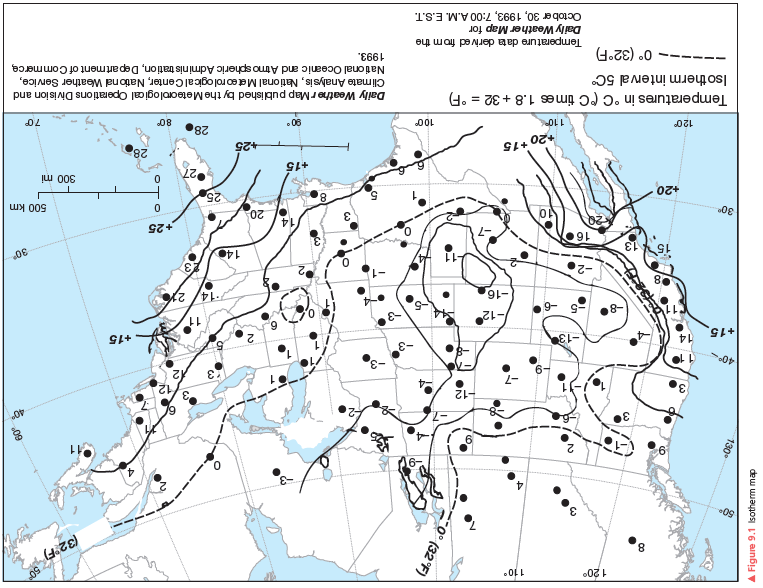The wind around a surface high pressure center in the Northern Hemisphere blows
a. counterclockwise and outward from the center.
b. counterclockwise and inward toward the center.
c. clockwise and outward from the center.
d. clockwise and inward toward the center.
e. clockwise and parallel to the center.
ANSWER: c
You might also like to view...
Describe and explain the temperature gradient over Nevada and Utah. (How rapidly are the temperatures changing from one place to another?) Which temperature controls are producing this pattern of temperatures.

What will be an ideal response?
Explain how the size, shape, and sorting of sediments can provide information about the distance the sediment has traveled from its source
What will be an ideal response?
Solid aerosols
A. can promote or reduce the chance of precipitation. B. also consist of gases that act as greenhouse gases. C. create secondary pollutants and destroy the ozone layer. D. are more harmful to humans if their size is above PM10.
A common example of a photochemical oxidant is
A. H2S B. Methane C. NO2 D. CO2 E. All of these are correct